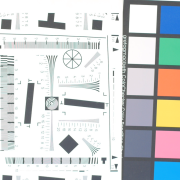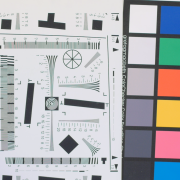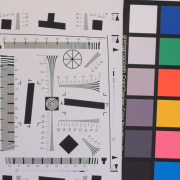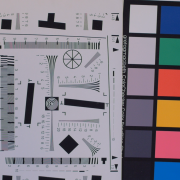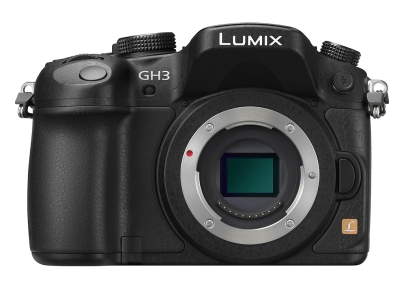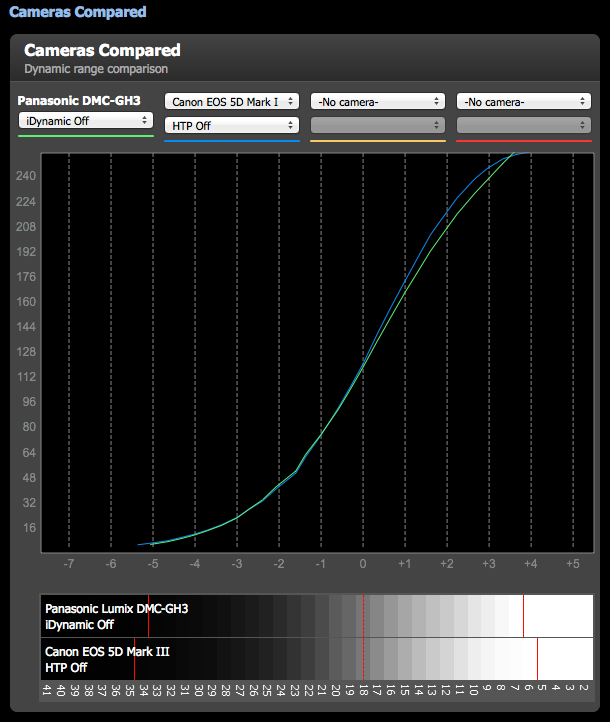Very often filmmakers buy a mattebox and then it stops there, because the prices of filters often cost as much as the mattebox itself… but not always…
Depending on the products you can find decent quality filters without spending madness, but the problem with filters is the quality, if the quality is low the whole image suffers because you lose sharpness, and then to save a few tens of euros you end up worsening the whole image quality.
Today I tested neutral filters from a Chinese manufacturer found under the name FOTGA on Ebay. I started out biased, because the filters I had previously tried blurred my images, and having always used Lumix series cameras, which are known for image cleanliness and sharpness, it didn’t make sense.
The 4×4 filters are expensive basic filters; the kit we are talking about consists of 3 ND2, ND4 and ND 8 filters, which for normal lighting situations are more than enough. The kit exists of both full NDs and gradient NDs, which are useful for handling exposures of situations such as very bright skies and the like.
How did I perform the test?
- Camera on the Lumix GH3 tripod
- Camera set to 24p compression Intra 72mbits
- Manual focus on fire table, which allows you to check sharpness dropout
- White on table
- First shot without filters
- Shot 2 sec for each filter after redoing white for each filter
Result?
As you can verify from the images, there is no noticeable loss of sharpness even at ND8, and there is no particular dominance except below 0.1% so zero.
So I can say that for an expense of a little over a hundred euros you can have the double ND2, Nd4 and ND8 kits both plain and blurred.
If you have spent a couple of hundred euros for the Mattebox with filter holder, you can invest on these filters certain that they can help you in controlling the light without losing quality on the image.
Update 2015 :
I tested these filters with a canon 17-55 2.8 IS, downstop lens at 5.6 with a BlackMagic 4k camera.
Surprise: they turned out to be sharper and better than I expected, I shot in 4k raw of the focus charts and from filter nd2 to nd8 I did not lose in detail, they exceeded my expectations.
PRO :
- cheap, but good optical quality, even at ND8 the color distortion is in the normal range, like other ND filters without IR filter
- lightweight and supplied in double packaging with transparent films to protect them during transport
- being made of resin a possible fall, if you are not unlucky that it lines, does not shatter them as with glass filters
- the shading is soft enough that you can use them to often exploit the full dynamic range of the camera
CON:
- they are made of resin, so they have to be cleaned every time you take them out of the package because by static electricity they attract dust and lint of all kinds.
- resin does not have a coating to reduce reflections on the filter, so care must be taken, but it is also true that a quality glass ND with anti-reflection coating costs 2-3 times the whole 6-filter kit.
- are more delicate and easy to scratch against the classic glass filter, but if they fall out they are more likely to be saved.
In conclusion a good value for money as a product.
Update 2015B:
When you place a very strong ND filter in front of a modern sensor, there is a risk of dominants and color changes, these arise not so much from the color of the filter, but from a phenomenon called IR Pollution, that is, by not filtering the Infrared rays correctly, but by altering their frequency, the filter alters more or less significantly the color of the light in certain areas, causing dominants colored red, brown etc on dark colors.
To avoid this problem when placing a very strong ND filter, one must also place an IR Cut filter, or use ND filters that are treated to cut those frequencies.
Depending on the sensors, photographic and film, you have to cut different frequencies, so an ND filter that is good on one sensor may not be suitable on another, so the ND filter that is good on Red may not necessarily go on Alexa or BMC, and vice versa.
I did a test related to this very problem with the bmpc4k, and surprisingly, the dominance becomes evident only when you stack multiple filters together. In common use, on the other hand, the various filters seem to introduce no obvious dominance to worry about in common use of these filters.
Let’s start from the principle that that minimal dominance introduced was a problem, it means we are working at a very high level for images, so there will be the budget to buy both a serious IR filter and high-level ND filters, which will each cost at least a dozen times the cost of the entire kit.
In this video you see the images compared directly, and if you want to experiment on them you can do the download of the original dng.

